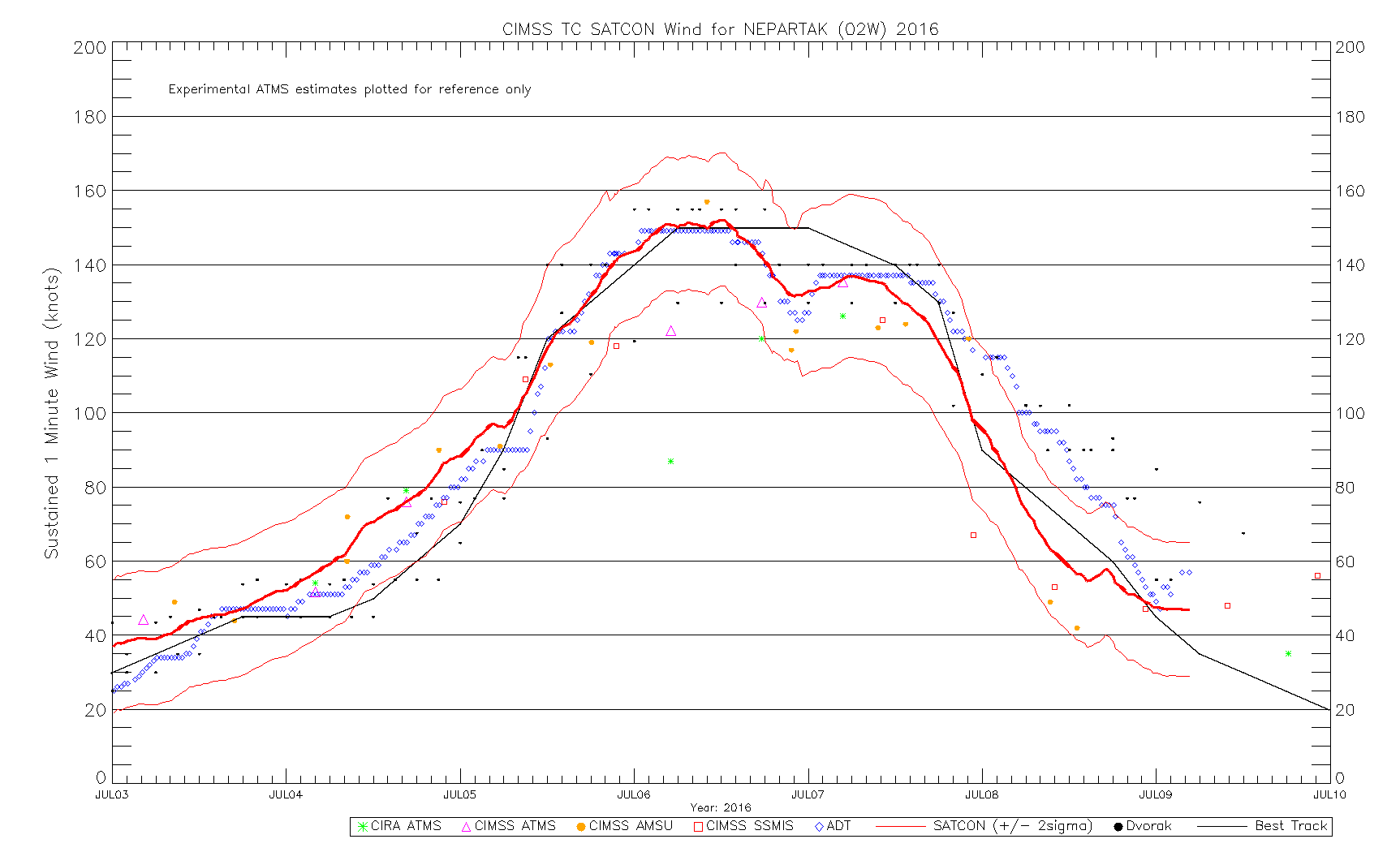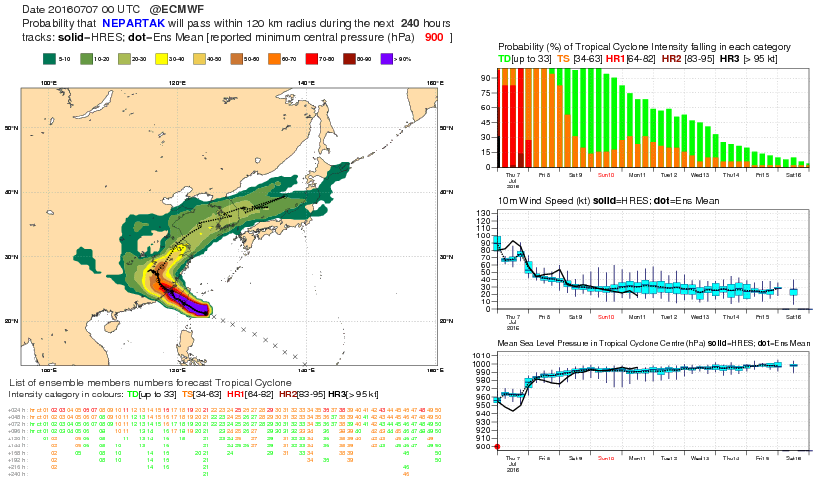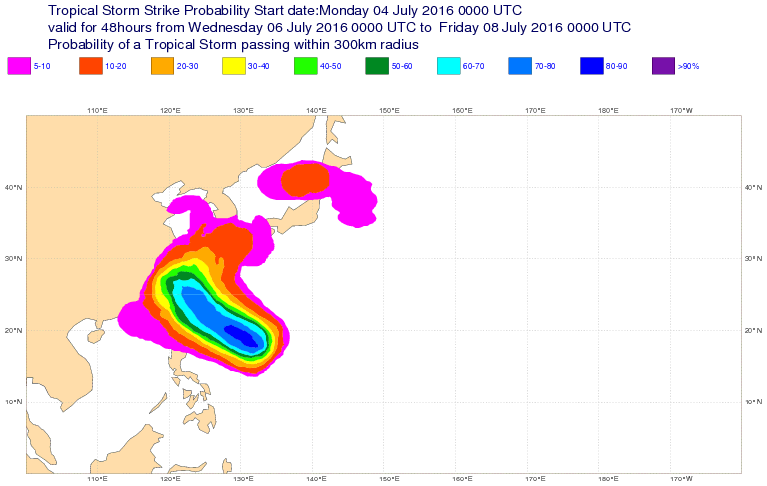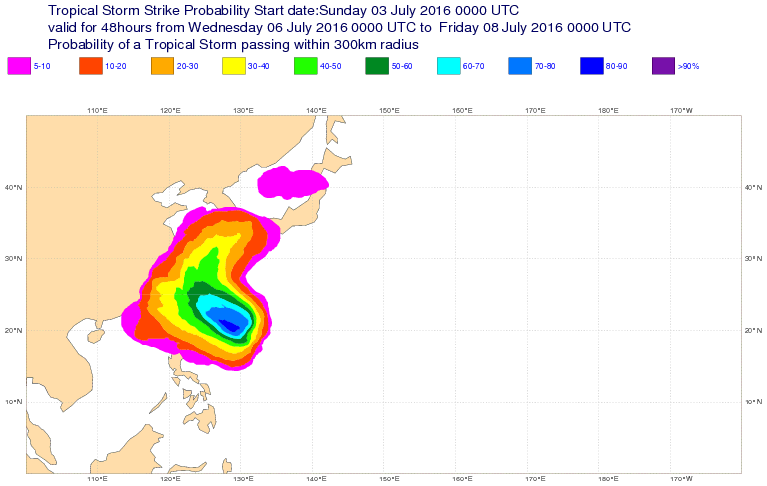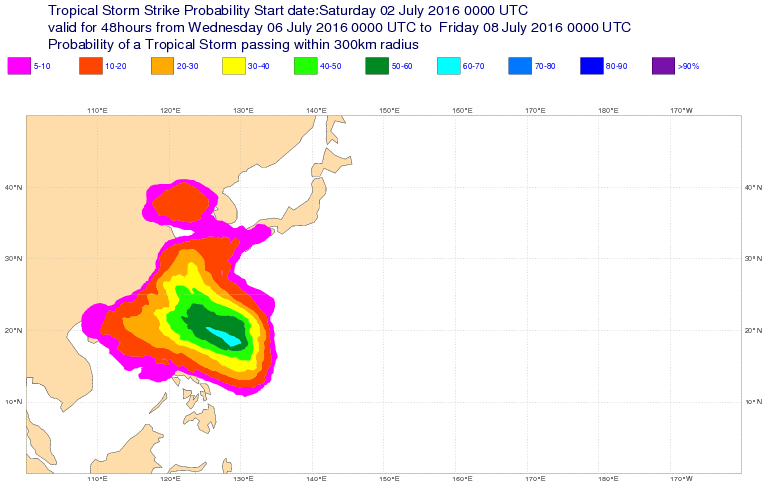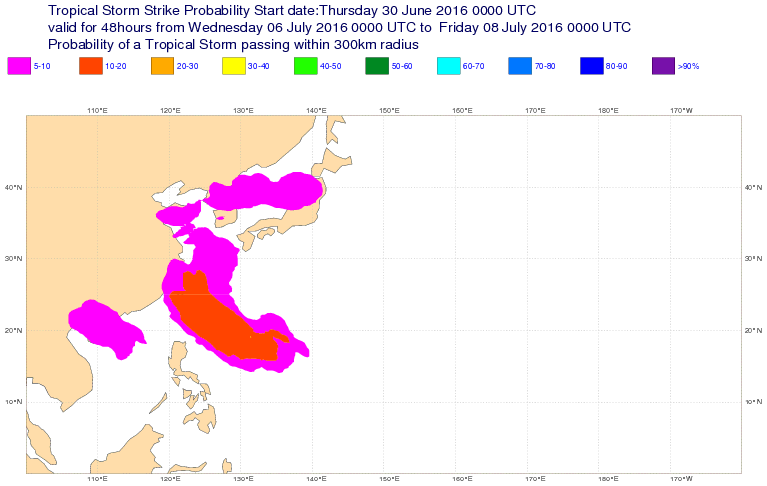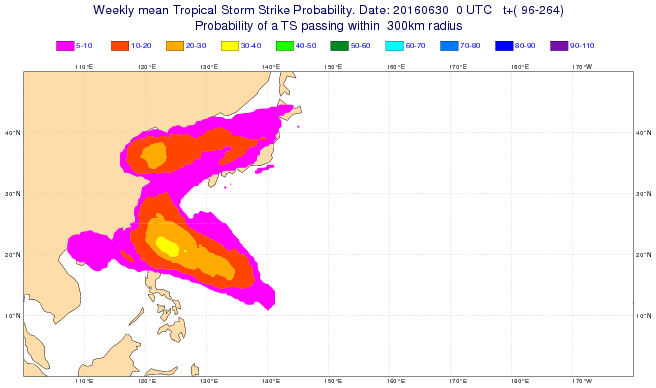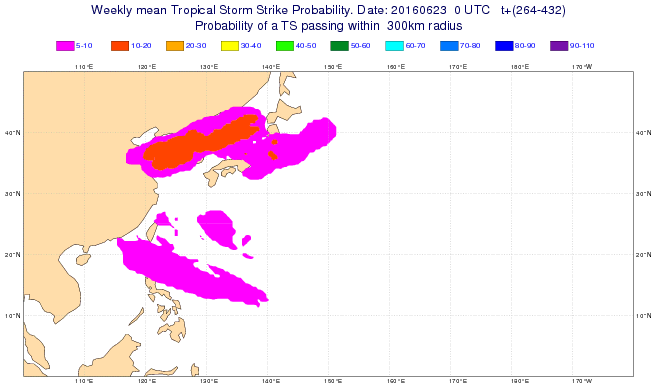Status:Finalised Material from: Mohamed, Linus
Picture
1. Impact
TC Nepartak formed on 2 July and made landfall on Taiwan on 8 July and China the day after. 13 people are believed to have been killed by the cyclone (3 on Taiwan and 10 in China).
https://en.wikipedia.org/wiki/Typhoon_Nepartak_(2016)
2. Description of the event
The plots below show the estimates of maximum wind speed and central pressure from different sources (from http://tropic.ssec.wisc.edu/tropic.php# )
During its most intense phase the cyclone passed over a moored research buoy, which measured ~900 hPa.
Below you can find a video of satellite images. Plese note hte gravity wave pattern that radiates out from the cyclone centre.
The animation below show animated sequence of high-resolution visible imagery from a new Chinese civilian geostationary satellite Gao Fen 4 (GF-4). (Provided by Chris Velden.)
The file below includes the TCVitals for Nepartak. Column 10 is the central pressure, column 11 the environment pressure, column 12 the radius to outermost closed isobar (km), column 13 the maximum wind speed (m/s) and column 14 the radius to maximum wind speed (km).
3. Predictability
3.1 Data assimilation
The plots below show the statistics (or rather lack of) from observations close to the cycle (3 degree box).
3.2 HRES
3.3 ENS
The plots below show the tropical cyclone product for Nepartak.
The plots below show the tropical storm activity for 6-8 July.
3.4 Monthly forecasts
3.5 Comparison with other centres
4. Experience from general performance/other cases
